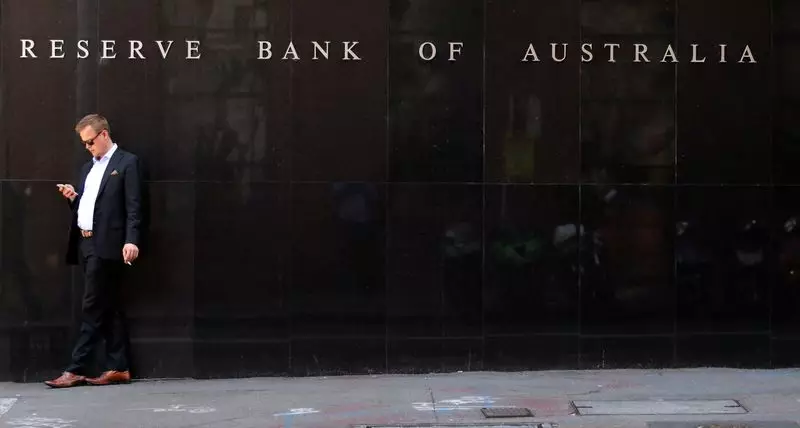In a recent address in Sydney, Reserve Bank of Australia (RBA) Assistant Governor Sarah Hunter provided insights into the nation’s inflation dynamics, emphasizing that inflation expectations are not currently a cause for concern. While inflation has surged, research suggests that Australian households are managing their perceptions effectively, revealing resilience against the spikes that would typically raise alarm among policymakers. Hunter’s belief is that despite the fluctuation in prices, the collective mindset regarding future inflation remains reasonably stable.
The RBA has consistently cycled through various economic indicators to evaluate the relationship between wage growth and inflation expectations. Findings indicate that this connection is surprisingly weak, which suggests that workers do not view their wage increases as a direct predictor of inflationary trends. Hunter noted at a recent investment conference hosted by Citi that the central bank is vigilant, stating, “While we’re not currently worried about expectations becoming de-anchored, it’s crucial that we maintain a close watch on their evolution.”
Since November, the RBA has maintained a steady cash rate of 4.35%, a considerable increase from the pandemic’s record low of 0.1%. This decision stems from the belief that the existing rate is sufficiently restrictive to guide inflation back to the target range of 2%-3%. However, the persistent underlying inflation rate, which hovers around 3.9%, poses a challenge for the central bank’s projections. This situation has led many analysts to express skepticism regarding the likelihood of inflation returning to the target band by 2026.
Echoing Hunter’s sentiments, reserve bank officials are assertive about their monitoring strategies. They believe understanding how inflation expectations are formed is vital to mitigate risks in the future. The focus now rests on ensuring that the economic landscape does not yield a scenario where expectations become unmoored from reality—a scenario that could catalyze rampant inflation, forcing the bank into a position of reactive policymaking rather than proactive.
Market instruments, such as swaps, indicate there is only a 40% chance that the RBA will pursue interest rate cuts by December, reflecting a caution that permeates investor sentiment. As stakeholders adjust their strategies in anticipation of future monetary policy moves, the central bank’s commitment to maintaining stability becomes increasingly critical. This level of uncertainty underscores the broader implications of consistent inflation on the economy, employment rates, and overall market confidence.
The dialogue surrounding inflation in Australia represents a balancing act—one where the RBA must navigate the fine line between maintaining economic growth and ensuring that inflation does not spiral beyond manageable levels. The central bank must continue to track inflation expectations and adjust their methodologies to keep Australian households informed and prepared for any economic shifts ahead. Hence, while current indicators assure a level of stability, the importance of vigilance cannot be overstated as Australia navigates its economic future.

